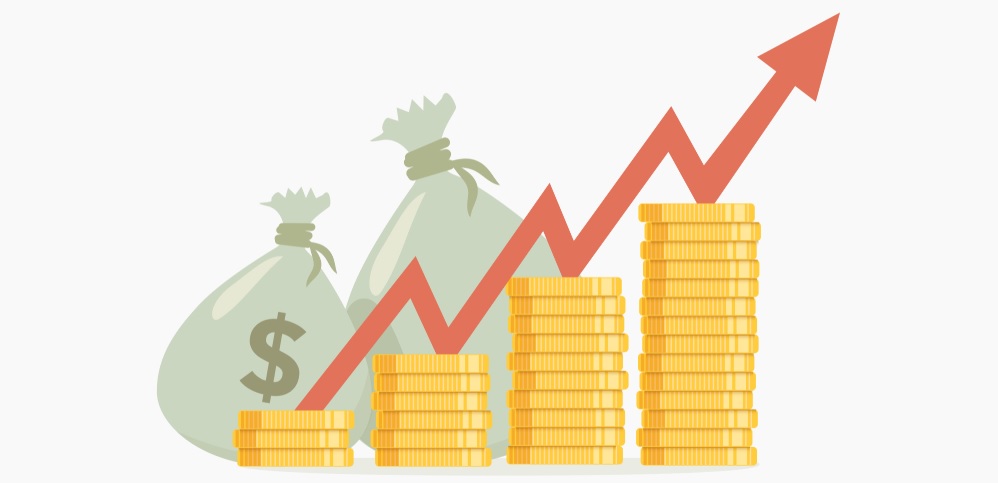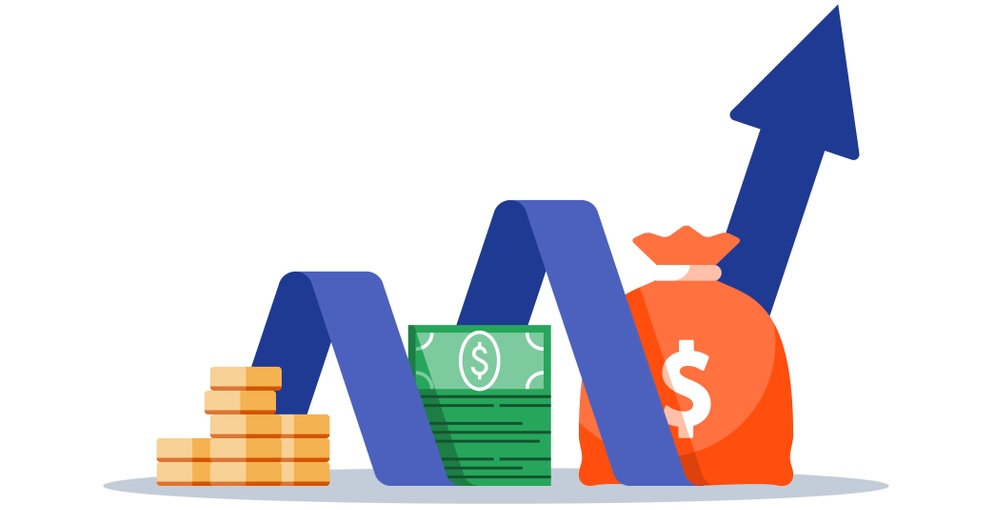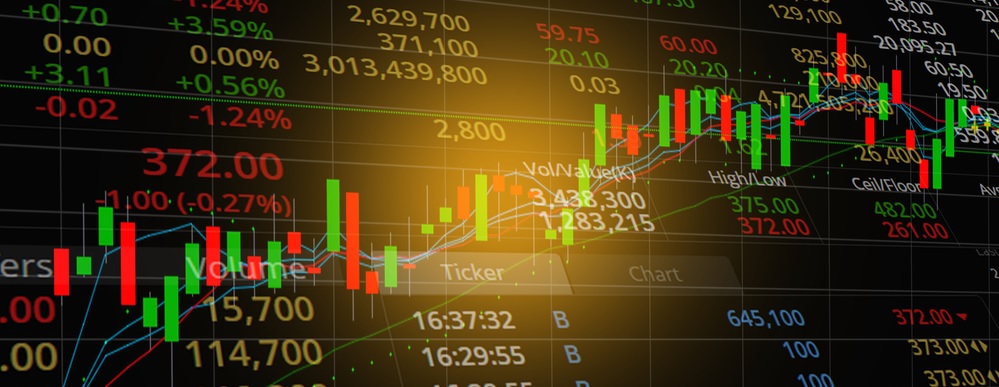One of the advantages of CFDs over regular share trading is the comparatively favourable tax treatment of the former, providing traders with a more cost-effective way to invest. While the tax treatment of contracts for difference is naturally variable from jurisdiction to jurisdiction, the UK makes special provisions for CFDs as a result of certain of their characteristics, ensuring the trading model falls outwith the parameters of certain otherwise chargeable taxes.
Just like trading in shares, disposal of contracts for difference will attract capital gains tax liability to the extent to which any profits exceed the annual exemption. Bear in mind that capital gains tax is a complicated tax, with a variety of reliefs that may come in to play beyond the annual exemption amount, and so for more significant disposals it may be well worth seeking professional advice on the tax treatment, and any means by which capital gains tax liability can be minimised.
Avoid Stamp Duty with Contracts For Difference
Where contracts for difference differ from the trading of shares is in stamp duty liability. Stamp duty is charged on share transactions at a rate of 0.5%, and unless you’ve got a keen eye you won’t even be aware it’s being deducted when trading through an online broker until you notice the corresponding dent in your trading account. When trading in CFDs, stamp duty is not applicable, given that is only related to the buying and selling of land and shares – CFDs being derivative, intangible instruments do not attract liability to this form of tax.
While this does present a saving of 0.5%, it doesn’t necessarily mean CFDs are always destined to be the most profitable way to invest. For example, if you were looking to establish a long position in Company X over a number of years, you might be tempted to think that CFDs are the way to go to avoid paying stamp duty – in actuality, paying the 0.5% duty and investing pound-for-pound will circumvent the need for high interest and financing costs, which will in this case more often than not prove prohibitive for the investor.
CFD Trading Tax Flexibilities
Another key benefit of trading CFDs which makes them a vital tool to have in your locker is their flexibility, which presents a variety of options for legitimately managing your exposure to taxation. One of the most commonly witnessed examples of this pertains to so-called ‘bed and breakfasting’ – the illegal process of offloading assets at the end of one tax year only to instantly buy them back the next with a view to capitalising on allowances and exemptions on both sides of the financial year.
Provisions put in place to stop bed and breakfasting require that any shares reacquired in the 30 days following their disposal be treated as having never been disposed for tax purposes – however, clever management of CFDs can create the same tax saving effect without contravening the law.
When the positions are offloaded, simply opening positions to tie in the current market price with contracts for difference will guarantee you the ability to regain your shares at a future point outside of the 30-day period, thus allowing you to circumvent the tax liability you would otherwise face.
While these represent but a few brief examples of the taxation angle to CFDs, it is hoped that the flexibility and malleability of CFDs as a trading tool can be applied in creative ways to minimise tax exposure and reduce the likelihood of significant tax liability on any particular trade.
Whenever you are engaging in transactional activity, it’s important to have a think about the tax consequences of your actions. While a trade might look juicy in prospect, understanding the impact of tax is critical to accurate forecasting and remaining in compliance with the law. Fortunately, the savvy trader is able to take advantage of provisions in the tax statutes that allow for certain reliefs and discounts to be factored in to the annual trading tax bill. But firstly, it’s important to understand exactly how CFDs are taxed and what liability you may be opening yourself up to face.
Whenever you are engaging in transactional activity, it’s important to have a think about the tax consequences of your actions. While a trade might look juicy in prospect, understanding the impact of tax is critical to accurate forecasting and remaining in compliance with the law. Fortunately, the savvy trader is able to take advantage of provisions in the tax statutes that allow for certain reliefs and discounts to be factored in to the annual trading tax bill. But firstly, it’s important to understand exactly how CFDs are taxed and what liability you may be opening yourself up to face.
Example of UK Tax CFD Treatment
 In the UK, CFDs are exempt from stamp duty but do attract capital gains tax (CGT). This is a tax payable on increases in capital, similar to income tax for lump sum asset disposals. Because CFDs are assets that look specifically at the difference in capital, they are regarded as taxable for CGT purposes. This gives rise to tax at 18%, or 28% for higher rate tax payers, and can therefore account for a substantial proportion of your profits. There is clearly a real incentive for traders to look to reliefs and discounts afforded by law, and there are several easy tips you can integrate into your trading that will save you money without the need for an accountant.
In the UK, CFDs are exempt from stamp duty but do attract capital gains tax (CGT). This is a tax payable on increases in capital, similar to income tax for lump sum asset disposals. Because CFDs are assets that look specifically at the difference in capital, they are regarded as taxable for CGT purposes. This gives rise to tax at 18%, or 28% for higher rate tax payers, and can therefore account for a substantial proportion of your profits. There is clearly a real incentive for traders to look to reliefs and discounts afforded by law, and there are several easy tips you can integrate into your trading that will save you money without the need for an accountant.
Use It Or Lose It
Each tax year, individuals have an annual exemption for capital gains above which CGT is charged. For the year 2011-2012, the annual exemption stands at £10,600 per person, meaning that the first £10,600 will be tax-free. Remember that this covers all asset disposals in the year and is not restricted to CFD transactions.
This amount is extended to every UK citizen on an annual basis, and cannot be rolled over from one year to the next. This leads to some distortions in the CFD markets as traders look to sell up early to take full advantage of their annual exemption, only to later buy back the positions with access to a new year’s annual exemption on the same transaction. This process was known as bed and breakfasting, and has since been restricted by regulations requiring a period of around a month after the disposal before the same instruments can be bought. However, there are similar techniques that can be used by traders to ensure the benefit from their entitled annual exemption before it expires.
Carrying Losses
Another effective way in which taxes can be reduced is through carrying over any losses into the following tax year. If you realise a loss from your CFD trading activities for the year, this amount can be carried forward as a deduction from your next profitable year. This has the effect of making it feel like a tax discount when you do realise a profit. Remember also that there may be legitimate reasons for making a loss from your trading, and it may be the case that it works out financially beneficial to do so.
While there are several strategies traders can deploy today, the laws surrounding CGT and how CFDs are taxed are subject to constant scrutiny and change. For that reason, its critical to pay close attention to the treatment of CFDs for tax, in order to ensure you remain fore mostly above the law, and second in the strongest possible position to minimise your liability.









